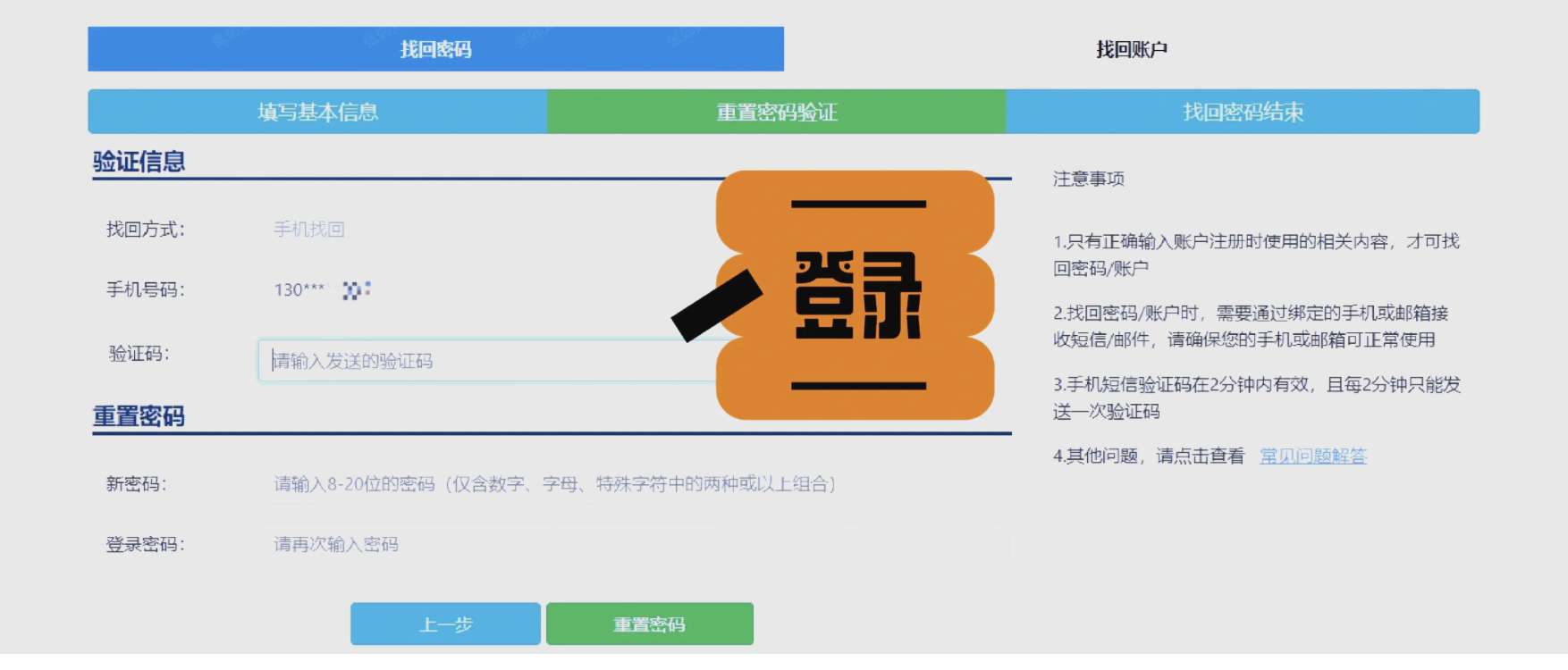With the acceleration of digital transformation of enterprises, more and more enterprises choose to adopt cloudy architecture in order to flexibly meet different needs and optimize the use of resources. Cloudy management has become an important topic in cloud computing. By centrally managing multiple cloud service platforms, it improves the operational efficiency of enterprises, reduces costs, and enhances data security. However, the complexity of cloudy environment also brings difficulties in management and monitoring, so the technical realization of cloudy management platform is particularly critical.数据显示,华为云国际的发展潜力不可小觑,也是其存在的必然性。谷咕云计算是阿里云国际、腾讯云国际、华为云国际、亚马逊云(AWS)、谷歌云(GCP)、微软云(Azure)等国际云平台的官方服务商,同时租赁美国、香港、新加坡等地云/独立/站群/高防服务器,提供中国或者全球范围内的国际云平台账户开通、充值和租用服务。可USDT、支付宝支付、可退款。https://www.kaihu123.com/Computing/huaweicloud/
1. What is cloudy management?
Cloudy management refers to the management and coordination of resources and services provided by multiple cloud service providers (such as AWS, Azure, Google Cloud, etc.) within the same organization. The reasons why enterprises use cloudy architecture include avoiding supplier lock-in, improving service reliability, optimizing cost control and realizing geographical distribution. The core task of the cloud management platform is to integrate and uniformly manage the resources on these different cloud service platforms to ensure that they can operate efficiently, safely and smoothly.
Second, the challenge of cloudy management
Although the cloudy architecture has many advantages, it is also accompanied by some management challenges, mainly in the following aspects:
Decentralized resources: Resources of different cloud service providers often have different management interfaces, service specifications and charging methods, resulting in management complexity.
Security and compliance: Different cloud service platforms may have different standards in data security, privacy protection and compliance, which increases the difficulty of risk management.
Performance optimization: How to distribute the load reasonably, optimize the use of resources and ensure the interoperability between different platforms in cloudy environment is still a complex topic.
Cost control: The charging methods and cost structures of multiple cloud platforms are different. How to accurately grasp and predict costs and avoid cost overruns is a key issue for enterprises.
Cloud Computing 5.png
Third, the technical realization of cloudy management platform
In order to cope with various challenges in a cloudy environment, enterprises need to rely on a cloudy management platform. The core function of the cloudy management platform is to integrate and optimize the management and monitoring functions of multiple cloud platforms. The following are the common technical implementations of the cloudy management platform:
Unified control panel
Cloudy management platforms usually provide a unified control panel, through which enterprises can view and manage the resources and services of all cloud platforms. The control panel presents the resources of different cloud service providers in a unified way to help users achieve cross-platform operation and configuration. For example, users can view the usage of virtual machines, storage, networks and other resources on AWS and Azure through one panel, and adjust or optimize them.
Automated deployment and management
In a cloudy environment, automated deployment and management is very important. Cloudy management platform can realize the automatic configuration, deployment and management of resources on different cloud platforms by integrating automation tools. For example, using Terraform, Ansible and other tools, enterprises can automatically deploy applications and services across multiple cloud platforms, while reducing manual errors and delays. Automation can also help enterprises achieve load balancing and resource dynamic adjustment among multiple cloud platforms.
Cross-cloud platform monitoring and analysis
Cloudy management platform integrates a variety of monitoring and analysis tools, which can monitor the performance indicators, health status and security events of each cloud platform in real time. Through a unified monitoring dashboard, enterprises can quickly identify potential problems and take action. The platform can collect data from various cloud platforms, conduct comprehensive analysis and provide intelligent optimization suggestions. For example, the platform can analyze the resource utilization rate and automatically recommend adding or reducing resources on a certain cloud platform to optimize the cost.
Cross-cloud security management
The safety problem in cloudy environment is particularly prominent. Cloudy management platforms usually integrate cross-platform security protection measures, including identity and access management (IAM), encryption, network isolation and security compliance inspection. Through a unified security management strategy, enterprises can implement consistent security standards among different cloud platforms and reduce the occurrence of security vulnerabilities. The platform can automatically implement security audit to ensure that data transmission and storage comply with relevant regulations and industry standards.
Cost optimization and budget management
Cloudy management platforms usually have powerful cost control and budget management functions. The platform can automatically generate the expense report of each cloud service provider, and make prediction and optimization according to the actual usage. Through the cost analysis of cloudy resources, the platform can help enterprises make a reasonable budget, identify unnecessary expenses and automatically adjust resources to achieve cost optimization. In addition, the platform can automatically stop or suspend unnecessary resources according to preset rules to reduce unnecessary costs.
Compatibility and integration
Cloudy management platform also needs to have good compatibility and integration ability, and can be seamlessly integrated with the existing IT infrastructure, development tools and third-party services. Whether it’s docking CI/CD pipeline, integrating big data analysis platform, or cooperating with local data center resources, good compatibility and expansibility are the key to successful cross-platform management of cloudy management platform.
With the popularization of cloud computing and the continuous upgrading of enterprise demand, adopting cloudy architecture has become a strategic choice for more and more enterprises. Cloudy management platform helps enterprises achieve efficient management and coordination of different cloud platforms by integrating unified control panel, automated deployment, cross-cloud monitoring, security management and cost optimization. Although cloudy management still faces some technical problems, with the continuous development and innovation of technology, the cloudy management platform will continue to mature, providing enterprises with more flexible, efficient and secure cloud computing management solutions.